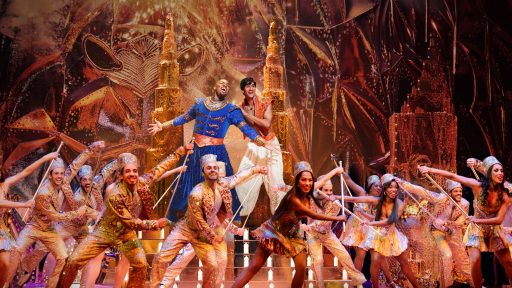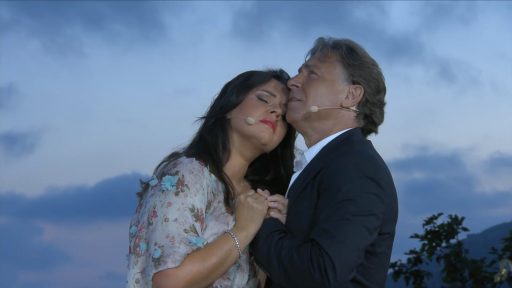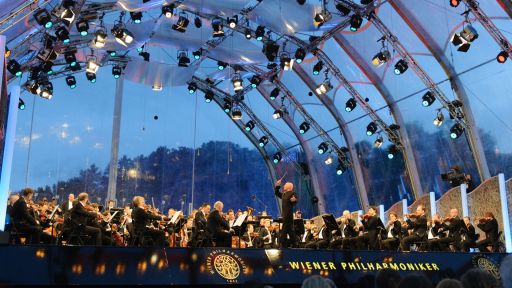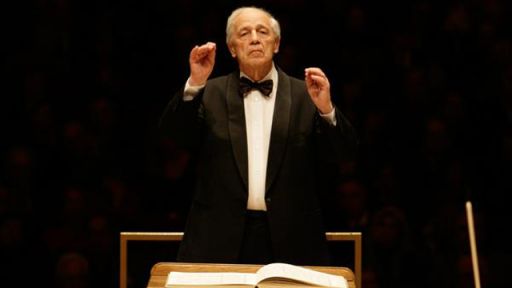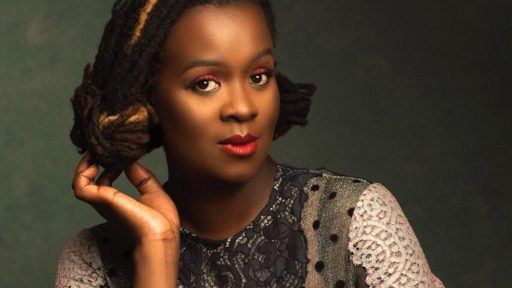Host Scott Yoo and pianist Michelle Cann break down the musical influences within Florence Price’s Piano Sonata.
Features
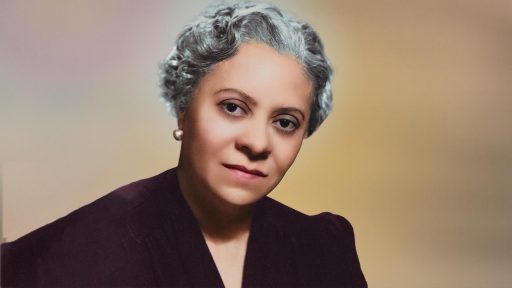

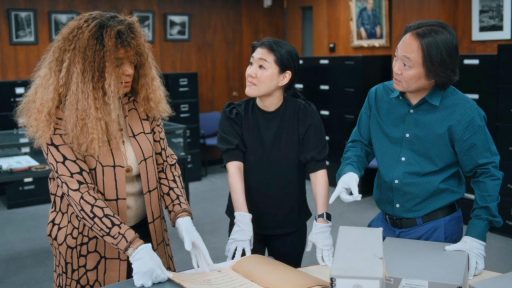
♪♪♪ I met pianist Michelle Cann in a Chicago ballroom from the period.
♪♪♪ ♪♪♪ Sounds like the beginning of a Hollywood movie. It's so grand and big.
It is, yeah. It's very, very epic.
This is one of my favorite pieces of hers. It's just great.
I feel like there's something for everyone in this sonata.
There's a little bit of Rachmaninoff in it.
There is!
You know where I really hear Rachmaninoff actually is in the beginning of the Allegro. The first section.
♪♪♪ Wow, the left hand could have been written by Rachmaninoff himself.
Right? Especially in the bass you hear it.
I even hear a little bit of Saint-Saens. Really? I do.
It's this beautiful- it's very magical. It's towards the beginning.
♪♪♪ Wow, it really sounds French, doesn't it?
Yes. Ah, very much!
If you told me that was written by Saint-Saens, I would totally buy it! I mean, how? How is that possible?
I know, it is absolutely amazing.
And what really amazes me is that embedded into these Romantic idioms you hear the music of America, and of Black America. You hear folk music, and it's just mixed in. Actually in the excerpt I showed you of Rachmaninoff, of course with the bass you hear that Rachmaninoff sound.
But if I take away the bass and just play the melody, listen to this.
♪♪♪ Right? I mean, you absolutely hear just in that melody.
And there's another part in the piece where, when you hear it with all of the chords and everything else you're thinking, ah, Romantic music.
♪♪♪ These wonderful harmonies. But again, if I take away the harmony and just play the melody, here's another folk song.
♪♪♪ It sounds very American.
Very American!
And it's constantly making these appearances throughout this whole sonata, if you're really listening for it.
Can I hear more? Absolutely.
♪♪♪ ♪♪♪ ♪♪♪
You May Also Like

